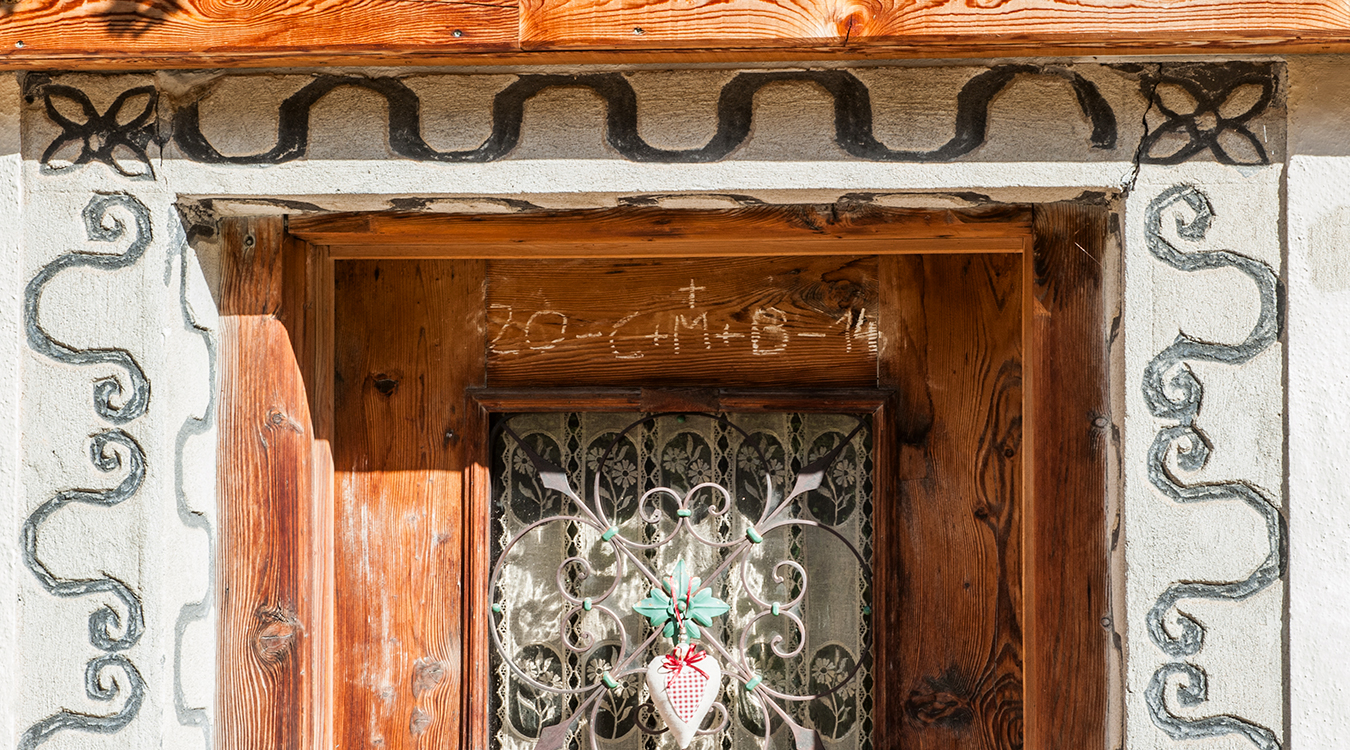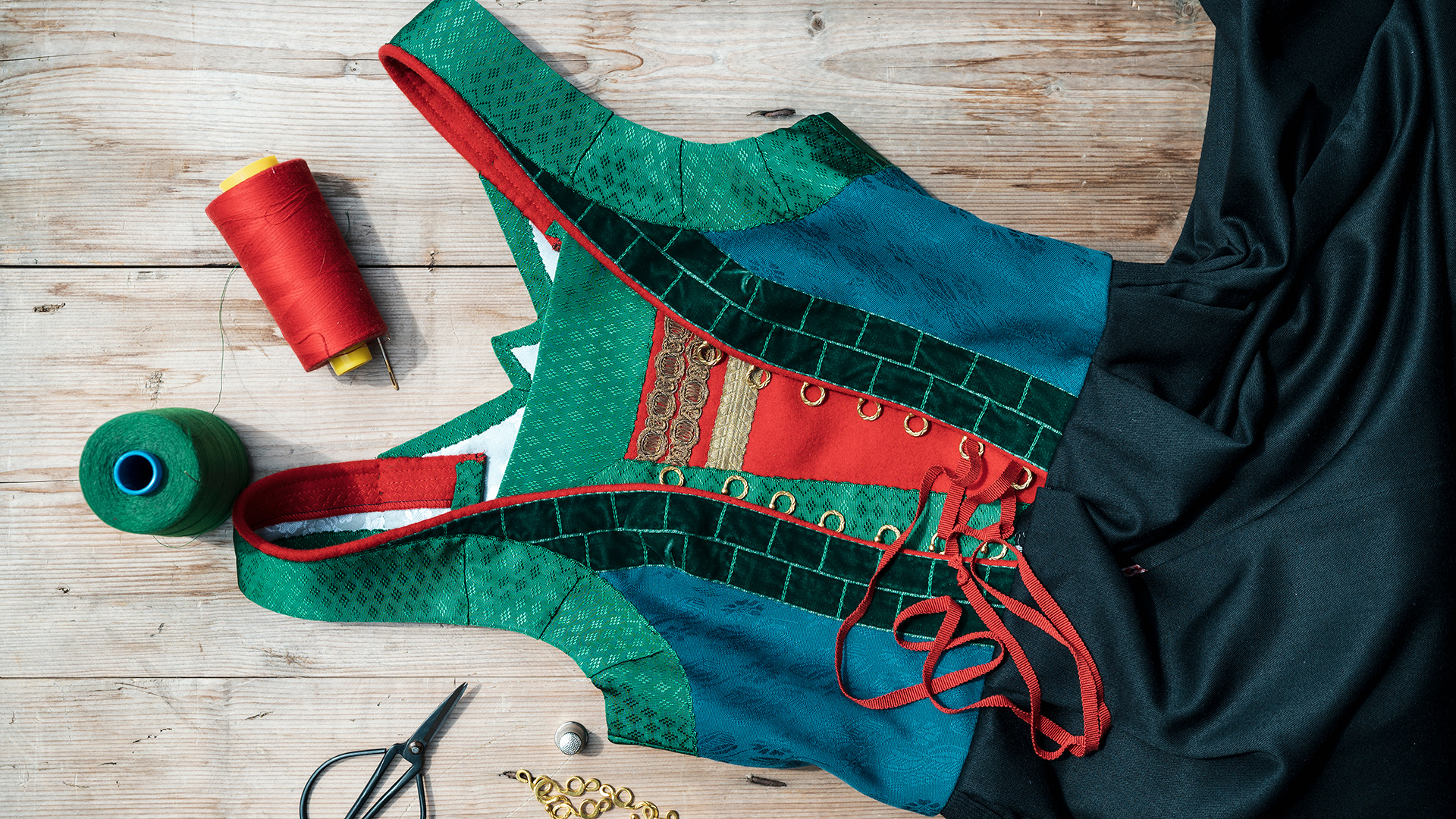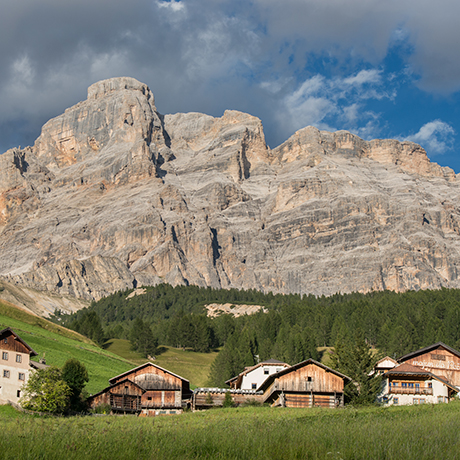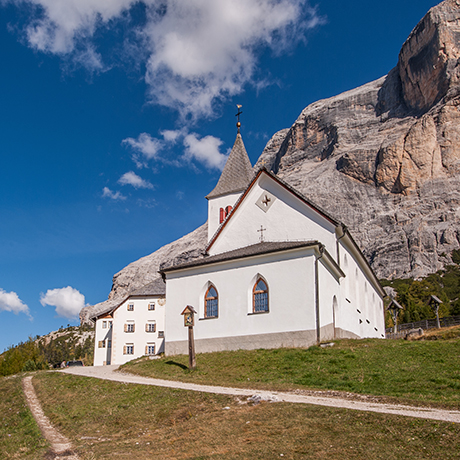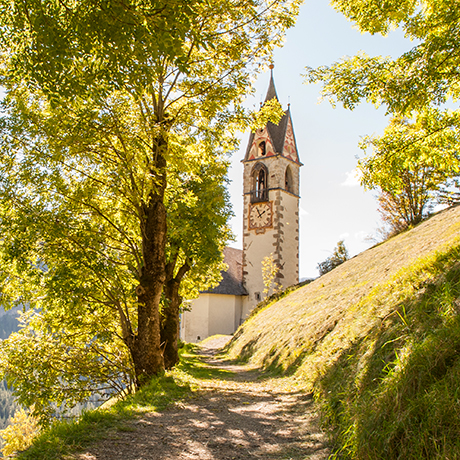The Ladins:
language, traditions and history of the Badiota community
The Ladins are a community of about 30 thousand people spread across the valleys of Badia, Val Gardena, Livinallongo del Col di Lana, Ampezzo in Belluno and Fassa.
The Ladin people are characterised by their linguistic identity and their particular attention to tradition, agriculture and craftsmanship. Their respect for the environment is reflected in the local architecture, which is in complete harmony with nature. The territory of Alta Badia is in fact dotted with buildings with wooden decorations: the Les Viles, the typical Ladin houses consisting of three basic parts:
- The ciasa, the real house
- The majun, the stable
- The tablè, that is the barn
We find many accommodations called ‘Ciasa’ because many hotels in Alta Badia use the name in Ladin.
A holiday in Alta Badia means embracing the Ladin way of life, which is simple and dictated by the laws of the land, where every fruit is a gift to be protected.
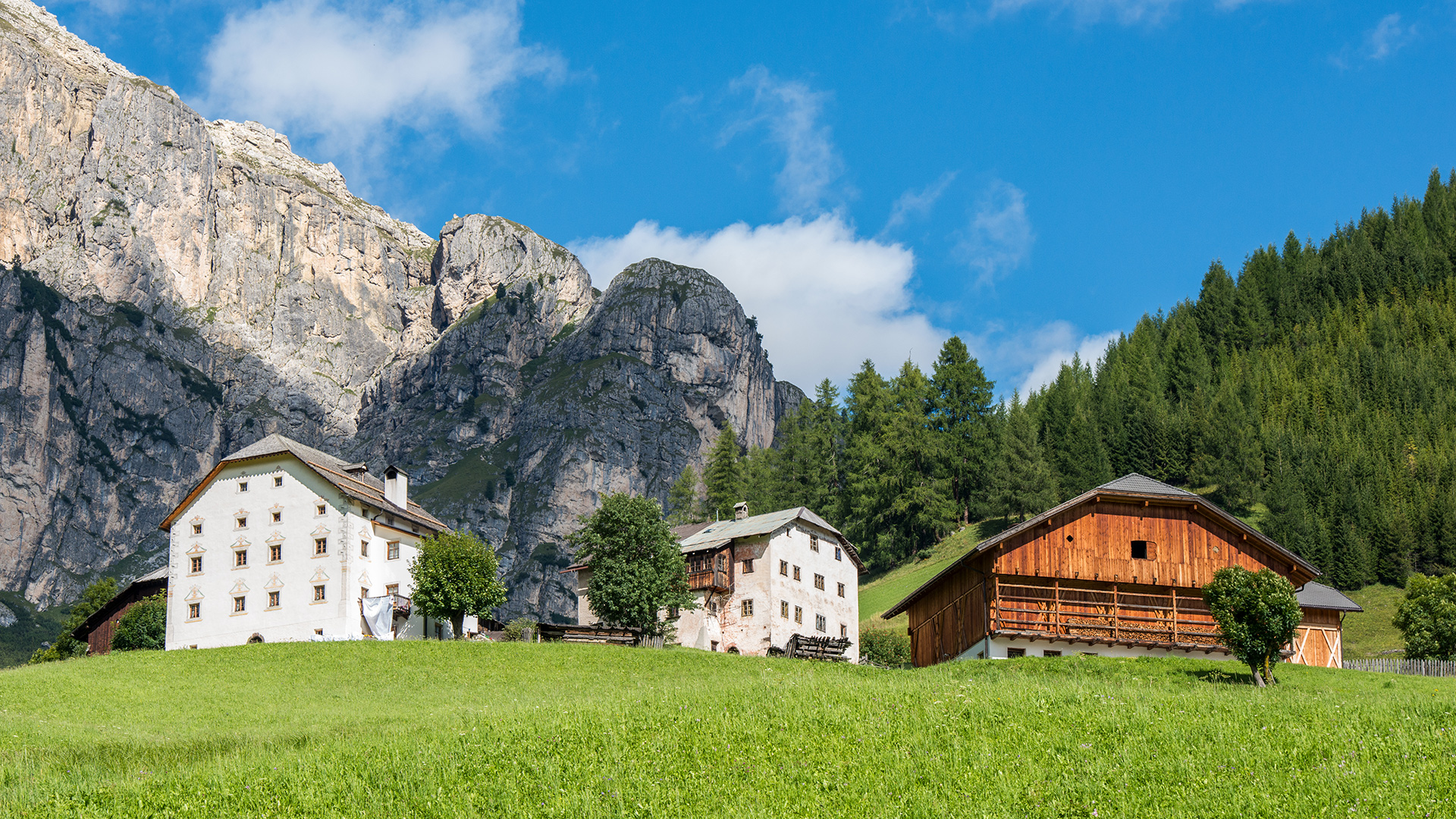
Ladin customs and traditions
Ladin Language
The Ladin language is part of the identity of the Ladin population. It has very ancient origins and is spoken daily in Alta Badia. It derives from the union of Latin with the language of the ‘Netze’ people who inhabited the Dolomites in ancient times.
The Ladins of the province of Bolzano are recognised as a third ethnic group and therefore protected. In fact, there are lessons in Ladin language and culture, as well as news broadcasts in Ladin on television and radio. At the Ladin Cultural Institute and the Ladin Museum in San Martino in Badia you can find out more about Ladin history and traditions.
A few sentences in Ladin
We offer you some short sentences in Ladin so that you can learn and discover the language of this incredible valley.
- Bun déGood day
- Buna sëraGood evening
- Buna nötGood night
- Co vara pa?How are you?
- BunFine/Bad
- Ula vaste pa?Where are you going?
- A ciasaHome
- GiulanThank you
- A s'udëiFarewell
- Co aste pa inom?What is your name?
The Ladin people have faithfully handed down ancient traditions, many of which are linked to religious holidays. Rich in charm, these customs will allow you to get to know the Ladin world up close and take your breath away. On Palm Sunday, for example, ‘la granara de saresc’ takes place, where the children go to church to have some brooms made from the branches of a particular plant blessed. Once back home, each child hangs the broom on the fence to protect their family, making sure that the ‘granara’ does not fall to the ground.
Some customs are instead linked to wedding events, such as ‘Tò la nöcia or rubè la nöcia’. During the wedding celebrations, it is traditional for friends to kidnap the bride, who is then taken to the village inns. The groom has to look for the bride in all the inns and pay the bill from time to time
When you come to Alta Badia, you can't help but savour the old Ladin dishes that have been handed down from generation to generation and are still prepared according to the original recipes and with genuine local ingredients.
Immerse yourself in Ladin traditions and discover Alta Badia!
